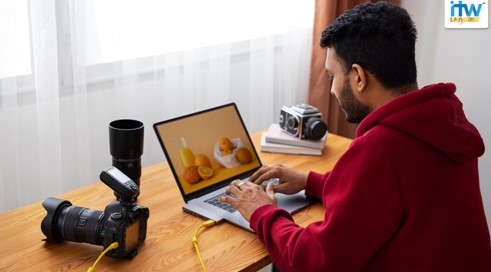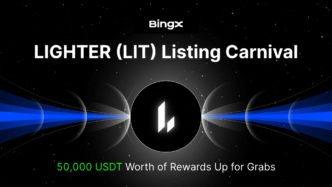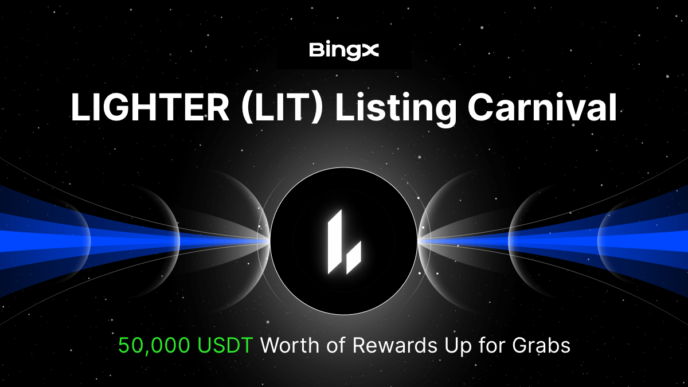Imagine watching your favorite movie, fully immersed in its storyline, when suddenly you notice your favorite brand seamlessly woven into the scene. Not as an intrusive ad, but as a natural part of the story—perhaps the hero drives a sleek branded car, or the protagonist grabs a well-known coffee on the go. This is the magic of in-film branding, a game-changing strategy that allows brands to connect with audiences in a way that feels organic and memorable.
Unlike traditional sponsorships, where a brand’s visibility might feel forced, in-film branding integrates products, services, and messaging into a film’s narrative, making them a natural part of the storytelling. Whether it’s James Bond sipping on a branded martini or a superhero using a specific phone model, these placements subtly but powerfully influence consumer perception.
The Power of In-Film Branding
The magic of in-film branding lies in its ability to engage audiences without disrupting their viewing experience. Unlike traditional commercials, which can feel intrusive, this approach allows brands to exist in the background of a scene or play an essential role in the storyline. The key advantages include:
- Subconscious Influence: When audiences see their favorite characters using a product, it creates an emotional connection. They associate the product with the film’s themes and characters, enhancing brand recall.
- Global Reach: Films are distributed across multiple countries, making this an effective strategy for brands looking to tap into international markets. Hollywood blockbusters, Bollywood hits, and regional cinema all offer platforms for global partnerships and sponsorships.
- Longevity: Unlike traditional ads that run for a limited time, in-film branding has a lasting impact. A movie can be watched repeatedly over years, ensuring continued brand visibility.
Not Just a Logo: Crafting Strategic Brand Integration
A well-executed in-film branding strategy goes beyond just flashing a brand’s logo on the screen. The best integrations feel natural and enhance the storytelling rather than interrupting it. Some creative approaches include:
- Character Endorsement: A protagonist using a particular gadget or wearing a brand’s apparel makes the association more authentic.
- Plot-Centric Placement: Some brands play a crucial role in the storyline. Think of how Wilson, the volleyball brand, became a memorable part of the film Cast Away.
- Set Design and Environment: Brands can seamlessly blend into the film’s setting—billboards in city scenes, branded cars, or even subtle product placements in home or office spaces.
Challenges and Considerations
While in-film branding is an exciting avenue, it’s not without its challenges. Advertisers and filmmakers must find a balance between promotion and storytelling. Overly obvious placements can backfire, making audiences feel like they are watching a commercial instead of a film. The best strategy involves:
- Ensuring Authenticity: The brand must align with the film’s tone and target audience.
- Avoiding Overexposure: Too much branding can take away from the film’s immersion.
- Partnering with the Right Productions: Choosing films with strong storytelling and a dedicated audience ensures maximum impact.
The Future of In-Film Branding
With the rise of streaming platforms and digital-first productions, in-film branding is evolving beyond just theatrical releases. Brands now have opportunities to integrate into original content on Netflix, Amazon Prime, and Disney+, where binge-watching culture makes product placements even more effective.
As audiences become more selective about the content they consume, branding and sponsorships will continue to shift towards more immersive experiences. The key to success lies in seamless integration—making brands a natural part of the story, not just a forced advertisement.
For advertisers willing to embrace this new frontier, in-film branding offers a unique opportunity to create lasting connections with audiences, ensuring that their brand isn’t just seen but remembered.














